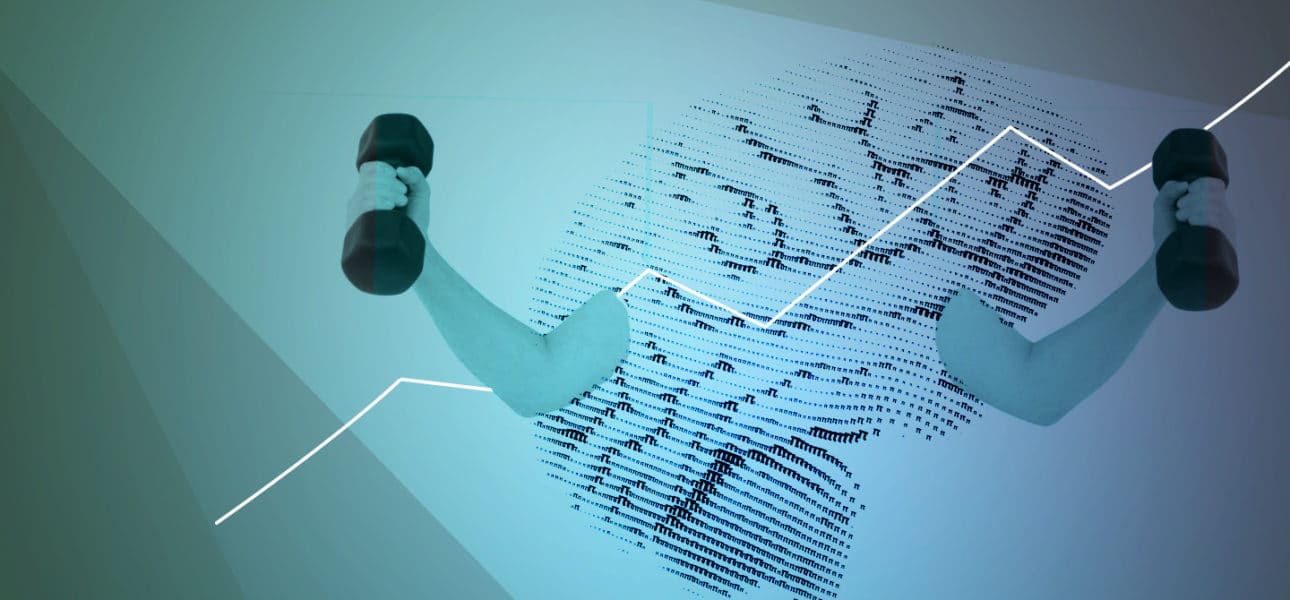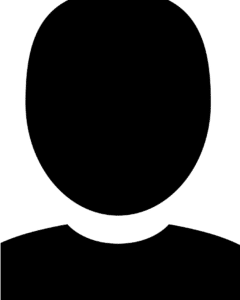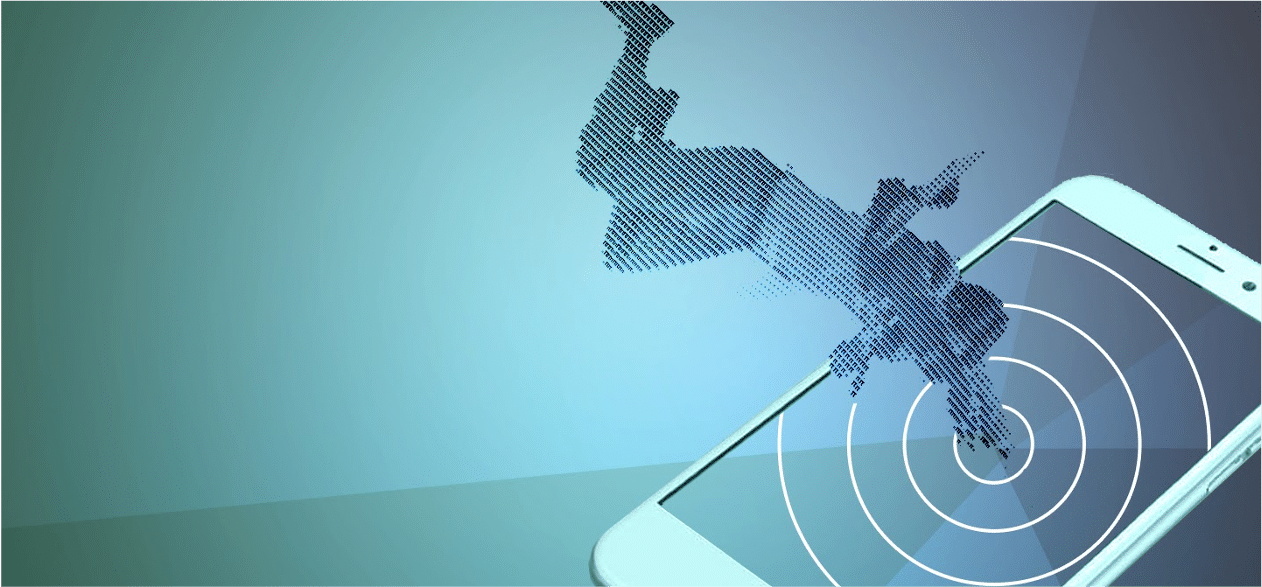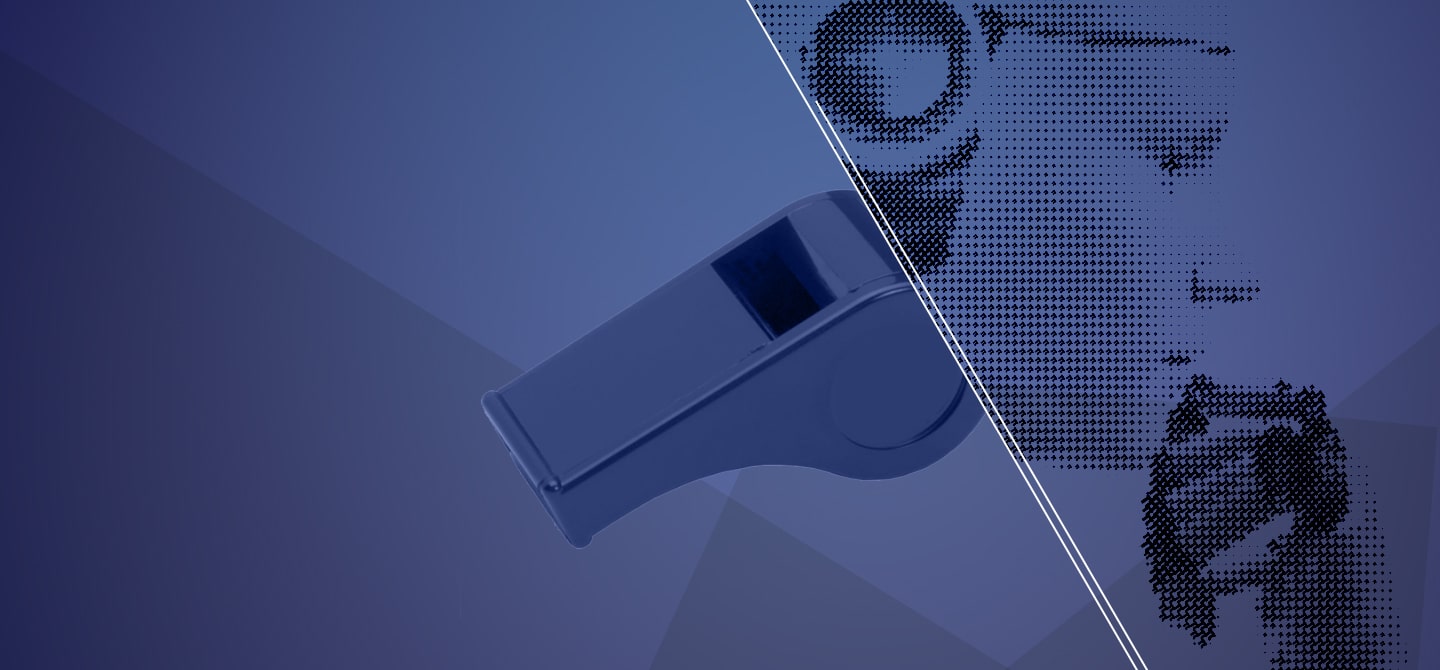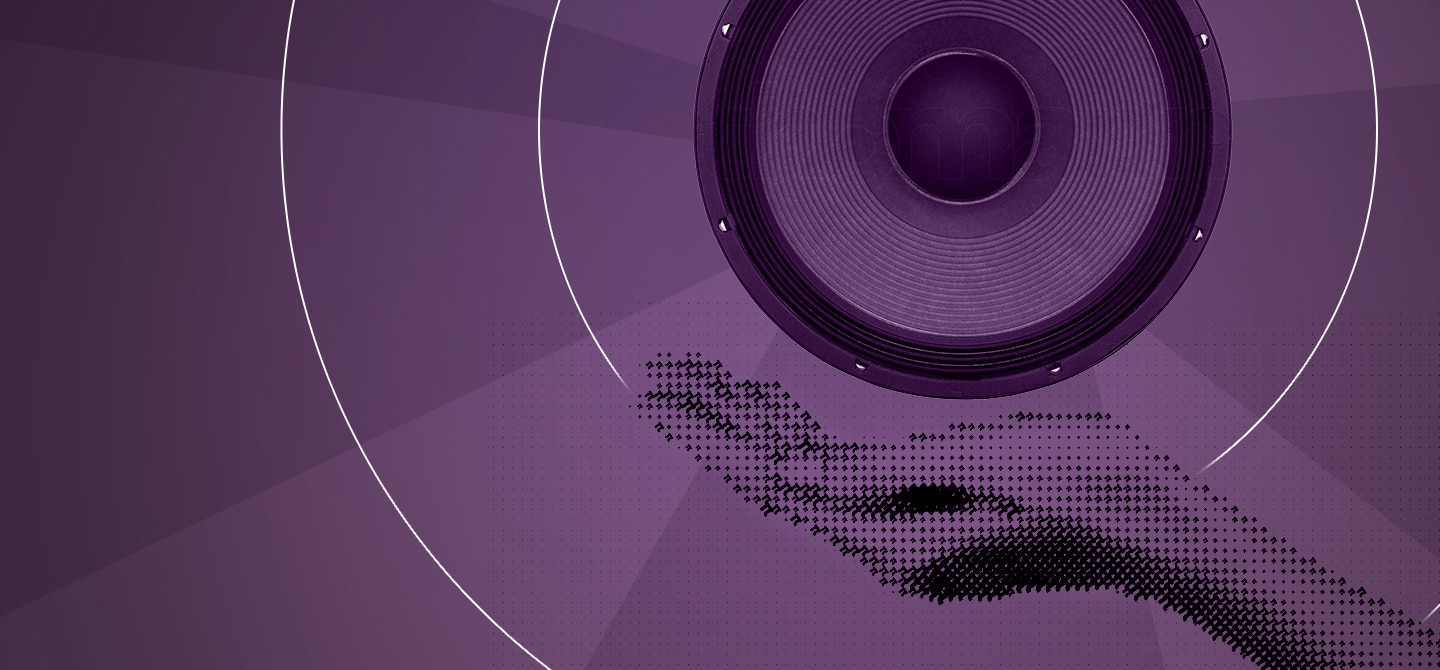What is “cognitive capitalism”? Why do you think we are entering a third phase of capitalism?
We’ve already had two models of capitalism: merchant and industrial. In the industrial system, labour became the main good. That system was much more efficient at producing value than the merchant capitalism that had preceded it. The industrial model was based on labour of the workforce, which is sold, then replenished to be sold again the following day. It worked very well for physical strength – muscles are energised and burn a certain amount of sugar per hour, until they’re fatigued and seize up, preventing work from continuing. It was very easy to understand how labour power was exploited, as it was binary – daily activity then rest.
The problem is that this classic analysis no longer applies to the current system, which is based on intellectual work. What’s special about cognitive capitalism is that it includes more and more immaterial knowledge and services in its economic model. To function, it doesn’t need physical strength, but rather cerebral activity. However, the brain never stops working, even at night. In fact, many people have already experienced this with remote working. Unlike muscles, the brain never rests – if your brain monitor is flatlining, you’re dead!
What’s more, cerebral activity cannot be restricted. You can physically force people to follow a certain pace and coordinate with each other in a workflow, but you cannot force brains to cooperate. Attention (like trust, love and all the emotions that characterise interpersonal interactions) cannot be defined by an organisational chart or a contract. It’s the classic problem of teachers, who are powerless witnesses to their students’ loss of motivation – how can you stop their attention from straying?
For brains to produce continuously, without wandering off track, cognitive capitalism has developed means to capture and hold onto attention. For this, it has tools that are far more refined than contracts. Social media, for example, uses extremely insidious design aspects to engage our herd instinct, cognitive biases and our taste for unpredictability1, to make us stay on their apps for as long as possible.
So, is cognitive capitalism based on harvesting positive externalities?
Yes. And this is exactly what happened with bees – for many years, we were focused on sales of honey or beeswax (end products) before we realised that the most productive activity of bees was actually pollination, which generates between 500 and 5,000 times more value than honey!
Our leisure time has become productive. The system is capable of exploiting the many positive externalities generated by even the most insignificant activities – our attention, ingenuity, interactions and even simple Google searches are now ways to produce value. This is also how we can access these ultra-sophisticated services for free.
This new form of capitalism also considerably expands the group of people considered active, as social media activity (non-mercantile and often non-paying) produces extremely valuable data for companies. This data is used to create AI that can solve problems as complex as machine translation, for example. It’s quite simply a scientific revolution! Reliable information is extracted from big data, which is infinitely faster and cheaper than previous methods. These methods rejected inductive reasoning to the sole benefit of a “hypothetico-deductive” approach. Many people had been stumped by machine translation, but collective intelligence provided a way to do it without using linguistics.
Of course, this raises the problem of fake news – now, the truth is whatever has the most search results. And, in the case of machine translation, this can mean common language mistakes are being disseminated widely. But, generally speaking, it’s extremely efficient.
This form of production through social media raises the issue of intellectual property. How can property title be assigned in a world where knowledge is co-produced and easily reproduced digitally?
In the analogue world, it was always possible to tell a copy from the original. Intellectual property was therefore based on the fact that the owner of the original would a share sale of copies. However, nowadays, there are no more technical obstacles for copies, and this model is no longer viable. There will almost certainly be huge legal shifts over the next 15 years.
There are also debates around which alternative model is best. Open source, which is based on completely free and open data (which thereby becomes a public good) raises funding issues. The copyleft model (invented by Richard Stallman) is an interesting option, out of which the Creative Commons (CC) system emerged, as an alternative to copyright. We tend to think that all property is constituted of usus (the right to use the good), fructus (the right to lease it) and abusus (the right to definitively alienate it, i.e. to sell it). But this classic legal model is very difficult to apply to immaterial goods. The CC (Creative Commons) project has provided a way to adapt it, by allowing information or work to be shared under the same conditions as those defined by the author (“share alike”). This helps to create a space that facilitates the circulation of information, while avoiding the limitations of classic property law, which are often an obstacle to sharing knowledge.
Digital public goods are the very foundation of cognitive capitalism, in that they stimulate interaction and creation. But platforms do not always want to play the game. The question of royalties, for example, can raise problems on some social networks. Accepting cookies or user conditions actually means you have ceded your rights. The private sector is therefore profiting from the public sector’s positive externalities! So, it’s justified to ask the private sector to contribute to funding public activities that will increase its productivity. This restructuring of the system around digital public goods – that was particularly highlighted during the economic slowdown of the pandemic – is, in my view, part of a new challenge facing neo-liberalism that has been in place since the Thatcher years.



